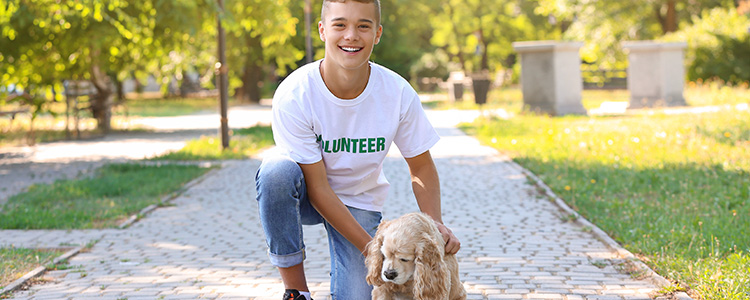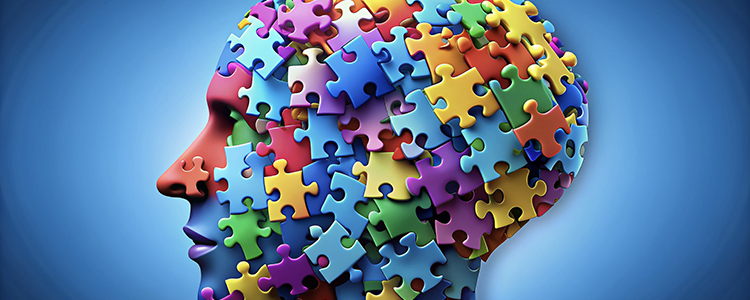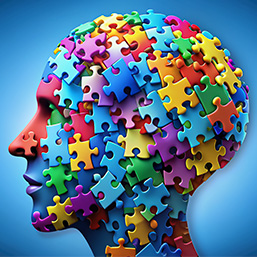



Sharing a bedroom with a sibling can be filled with silly moments, fun games, and a safe space to express themselves to one another. Children can learn some great prosocial skills like how to share, compromise, and communicate their feelings. But, with all that closeness, we will inevitably see conflict between siblings, especially when it comes to their personal items. It’s important to have clear boundaries so both children feel respected and comfortable in their space. Here are some practical strategies to help create a more peaceful living arrangement while maintaining boundaries more effectively.

When families restructure, emotions are overflowing. Fear, frustration, hurt, shame, and disgust may show up as anger from both kids and adults. Today, we’ll focus on adults’ big feelings and what to do with them.

There have been an increasing number of children being diagnosed with autism spectrum disorder (ASD) and attention deficit/hyperactivity disorder (ADHD) over the past few decades. Part of the reason for this increase has been an increased awareness of neurodiversity, which has also been associated with improvements in how educators, medical professionals, and parents interact with these children.

Do you come from a ‘dysfunctional family’? Is your ACE (Adverse Childhood Experiences) score so high that you worry about doing the same to your kids? Can parenting habits change in one generation? Yes, you can change your child’s destiny! Many parents with ACE scores as high as seven have raised children with one or less. You can too!
Calgary’s Child Magazine © 2024 Calgary’s Child